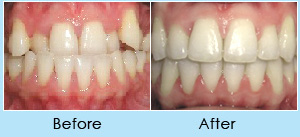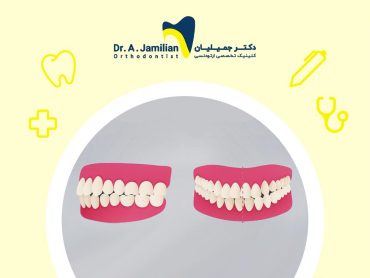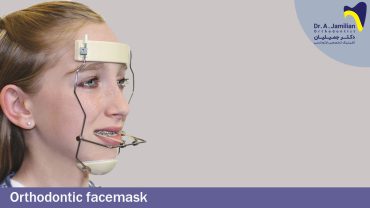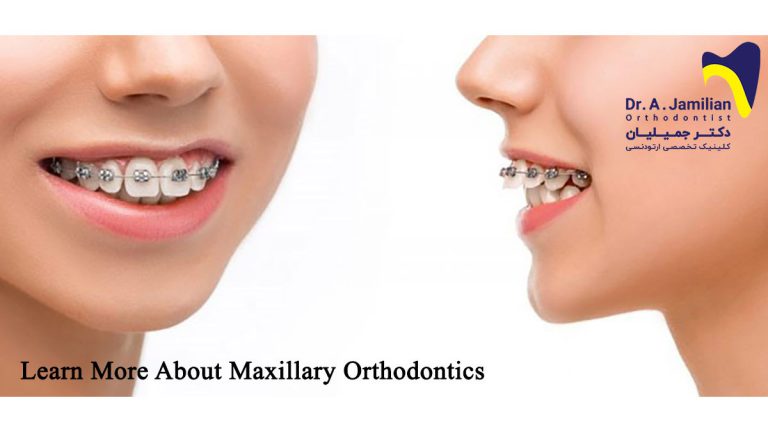A cross bite occurs when any or all of the upper teeth fit into the wrong side of the lower teeth. Crossbite has also been defined as a condition where one or more teeth may be abnormally malposed either lingually or labially with reference to opposing teeth
Anterior Crossbite:
Anterior crossbite is defined as a malocclusion resulting from the lingual positioning of the maxillary anterior teeth in relationship to the mandibular anterior teeth. Anterior crossbite is also defined as upper frontal primary or individual permanent teeth lingual position in relationship to the lower incisor teeth. Anterior crossbite is a major esthetic and functional concern to the parents during the developmental stage of a child. It is one of the major responsibilities of pediatric dentist or orthodontist to guide the developing dentition to a state of normalcy in line with the stage of oral-facial growth and development. Anterior dental crossbite has a reported incidence of 4-5% and usually becomes evident during the early mixed-dentition phase. The main goal of treatment is to tip the affected maxillary tooth or teeth labially to the point where a stable overbite relationship exists. There are different treatment approaches for the correction of anterior dental crossbite which can be used in early mixed dentition period. These include tongue blade therapy, reverse stainless steel crowns , removable Hawley retainer with anterior Z-springs and bonded resin-composite slopes.
Following images show anterior cross bite before and after treatment

Posterior Crossbite:
Posterior crossbite is defined as an inadequate transversal relationship of maxillary and mandibular teeth. In other words, the buccal cusps of the maxillary teeth are in contact with the central fossae of the mandibular teeth. In posterior crossbite malocclusions, the buccal surfaces of lower teeth project farther buccally than the buccal surfaces of the upper posterior teeth.This malocclusion does not show spontaneous correction, and should be treated with maxillary expansion as early as possible. The number of teeth in crossbite can vary from one upper tooth and one lower tooth to all the posterior teeth on one or both sides of the arch. The number of teeth involved in crossbite is a guide to the severity of the problem: the more teeth involved, the more difficult is the treatment.
In centric occlusion, two basic types of posterior crossbites are observed: bilateral and unilateral: Bilateral posterior crossbites have a close correspondence between centric occlusion and centric relation in Class I and Class II malocclusions. In Class III malocclusions, an anterior crossbite is often associated with a bilateral posterior crossbite, thereby introducing the possibility of an anteroposterior functional shift.







